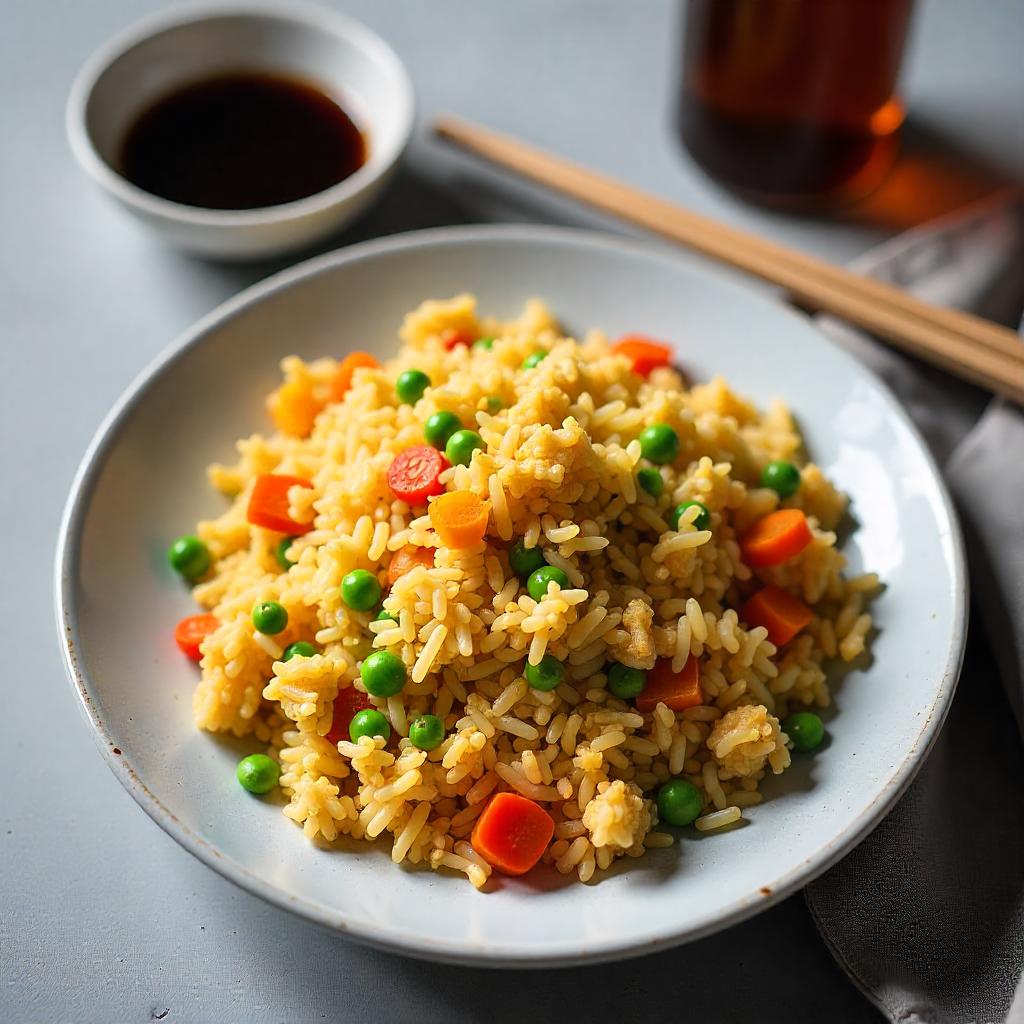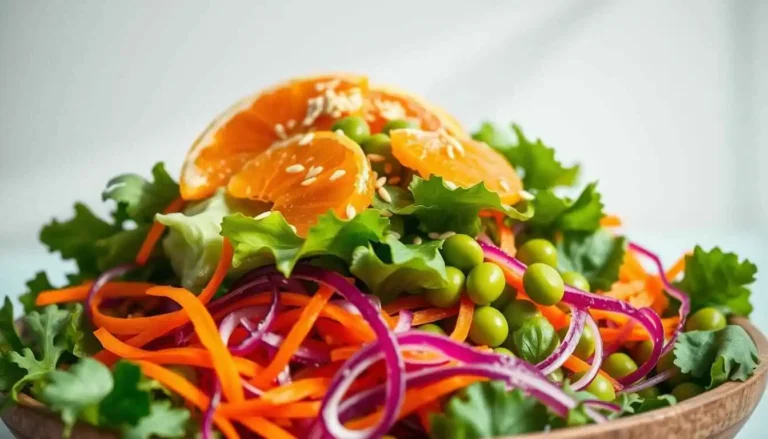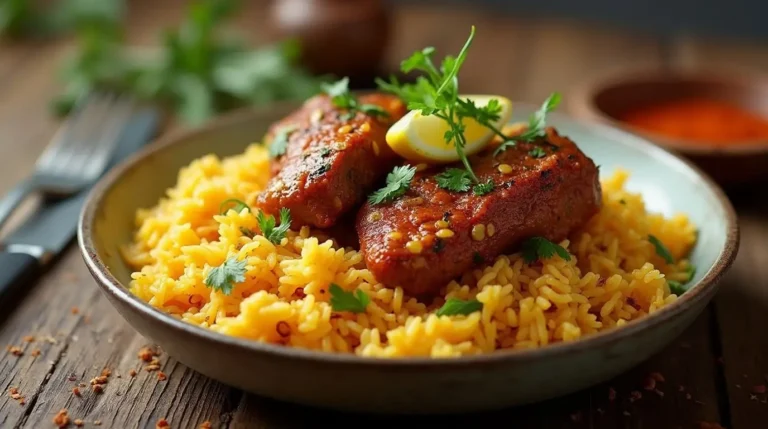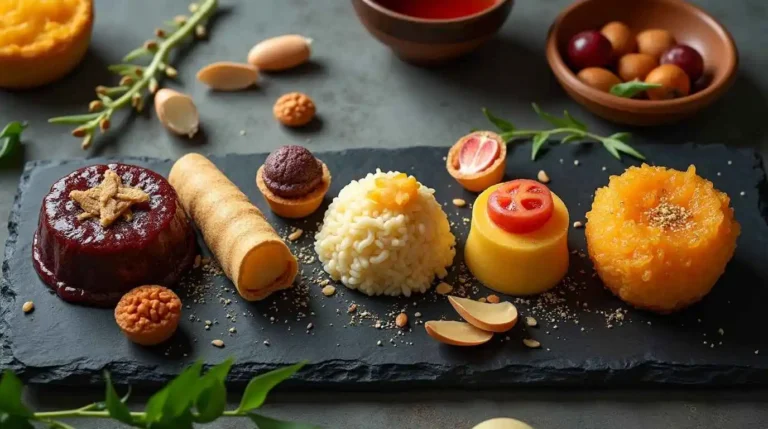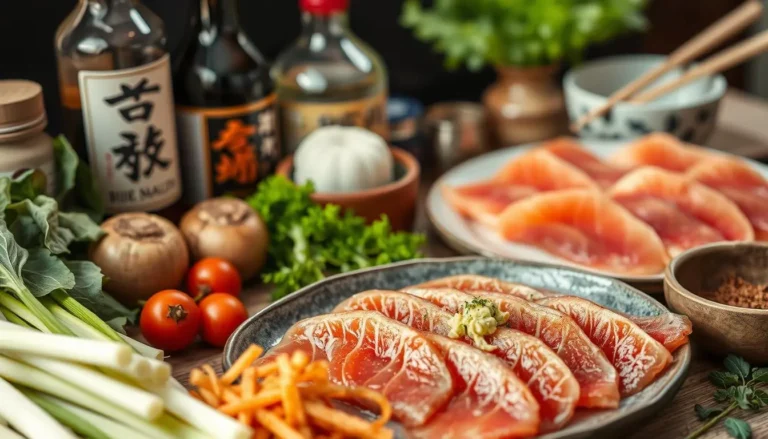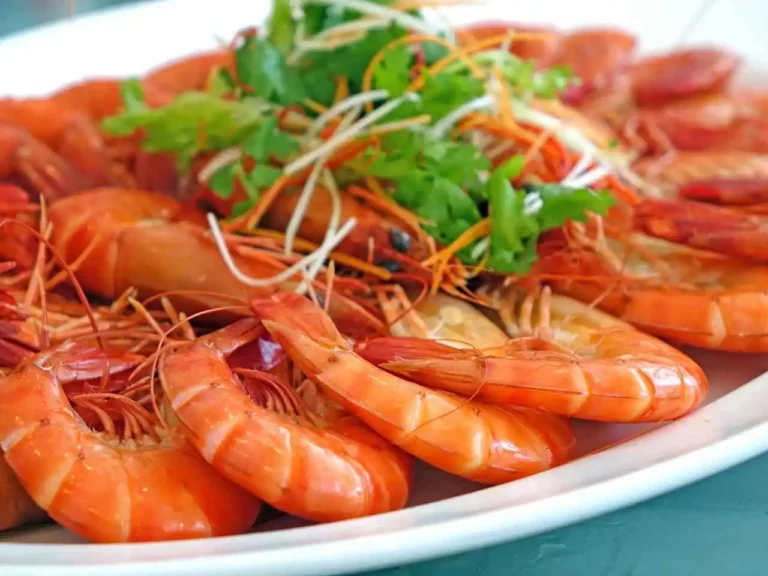How to Cook Basmati Rice Perfectly
How to Cook Basmati Rice Perfectly: Imagine serving your guests aromatic basmati rice and telling them it will transport them to Delhi, where pans sizzle and spices fill the air. Cooking basmati rice is both a skill and an art, yet many home cooks struggle to achieve perfectly cooked grains, often facing an internal battle about whether to serve it.
Table of Contents
The rice tends to be clumpy or mushy, falling short of expectations. But don’t worry! Throughout this write-up, we will learn tips and tricks for preparing basmati rice quickly and effortlessly every time. Follow me through this journey, and let’s unlock the secrets of perfectly cooked basmati rice together!
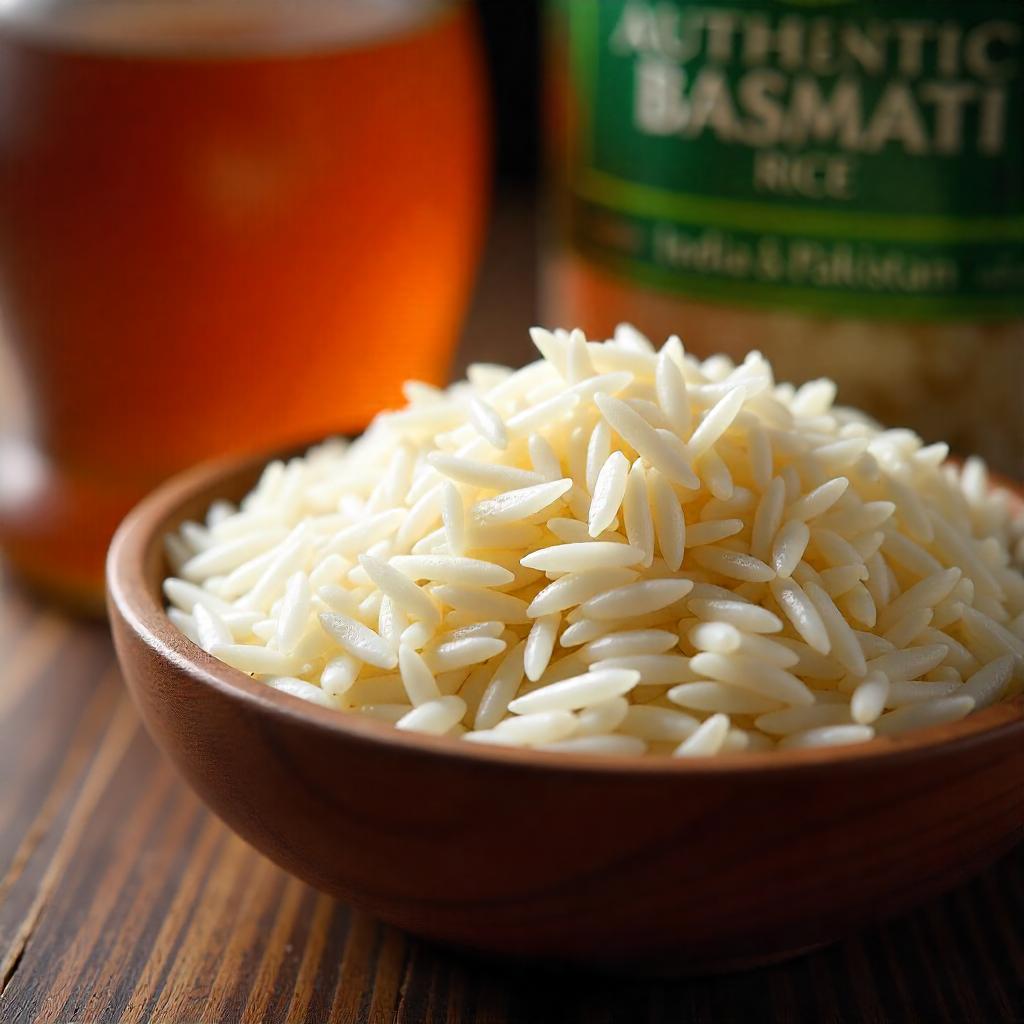
Choosing the Proper Basmati Rice
For the best quality basmati rice, look for the long-grain subtype. The length ensures a fluffy texture, setting it apart from other rice varieties. Another major thing to consider when choosing basmati rice is the aroma. Although basmati rice has a nutty scent, it should not be too pronounced.
Reflect on the age of the rice as well, because older grains tend to have a richer flavor and better cooking qualities than those from newer harvests. Finally, check the certifications on the package, as true basmati must originate from India or Pakistan to ensure the best culinary experience.
Learning About Different Types
Basmati rice is distinguished by its long grains. It is aromatic and a staple in Indian and Middle Eastern cuisines. Jasmine rice, popular in Thai dishes, is stickier and offers a fragrant profile.
Short-grain rice, also known as sticky rice, is ideal for making sushi or rice balls due to its compact and sticky nature. Knowing various cooking techniques and the optimal water-to-rice ratios can enhance your culinary skills and ensure you enjoy the food you prepare.
How Flavor and Texture Transform with Age
Foods undergo fascinating changes with time, including chemical reactions that can enhance or deteriorate their flavour. For example, dishes like cheese and wine improve with age due to the refinement of their depth and complexity of flavors.
In contrast, others may experience a negative consequence in texture as they tend to become softer or more tender with age due to moisture absorption or loss.
While many foods improve with age, others don’t, so eating them when fresh is crucial.
Understanding the behavior of certain foods with age enables one to incorporate herbs and garnishes at the optimal moment with every course, thereby enhancing culinary experiences.
Preparing Basmati Rice Like a Chef
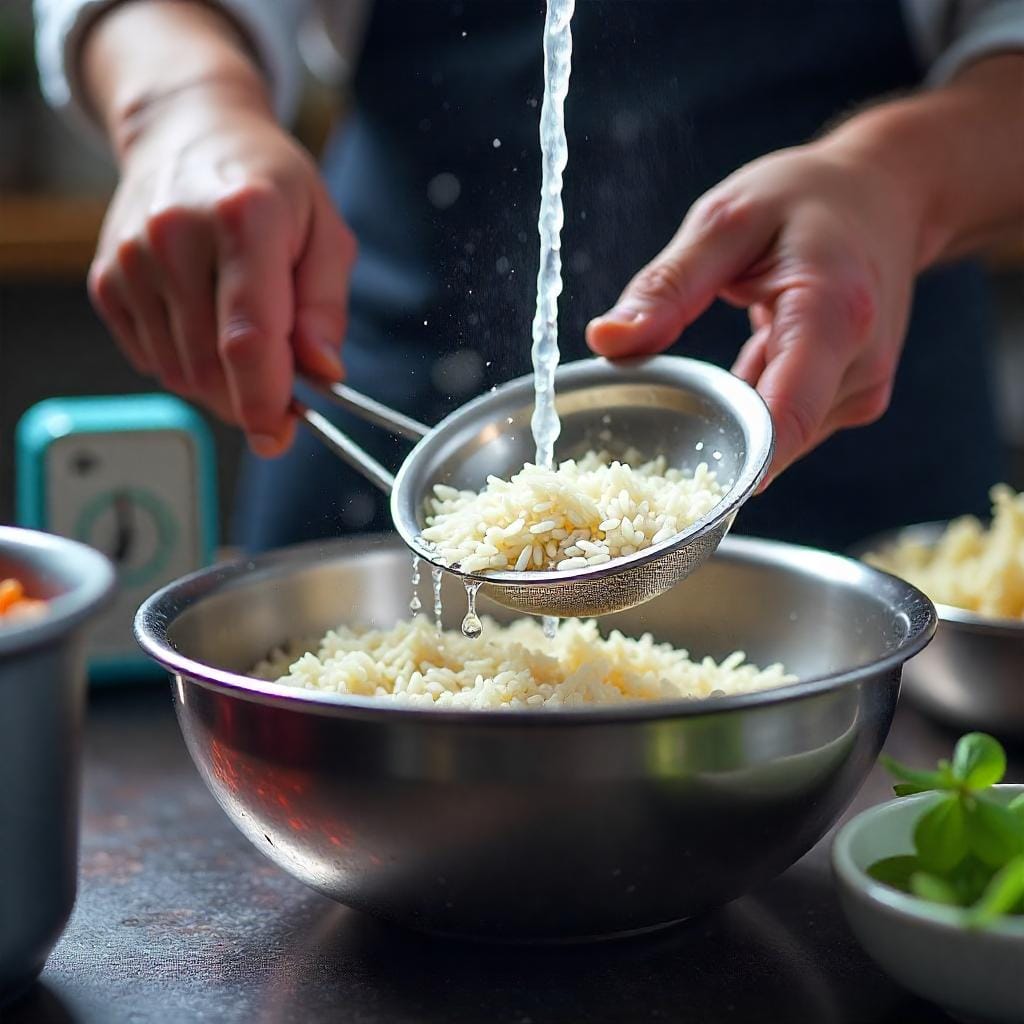
Washing basmati rice in cold water is the first step in achieving the fluffy texture one seeks, repeating this process 3 to 4 times and removing excess starch. After rinsing the rice, soaking it for at least 30 minutes helps the grains draw moisture and expand, which improves their texture during cooking.
It’s crucial to achieve the perfect balance, so we recommend using 1.5 cups (0.35 L) of water for every cup of soaked basmati rice. This ratio ensures the right amount of tenderness without sacrificing firmness. Furthermore, a dash of salt and a hint of oil or ghee while cooking with water can significantly enhance your dish, elevating it to a restaurant-style quality.
Why Should You Rinse Basmati Rice?
Rinsing basmati rice effectively enhances the outcome of fluffy rice, as it also helps proportion the ingredients to achieve the fluffy texture that is the end goal of home cooks.
Brushing off excess also guarantees that the grains do not clump or merge. This step also helps remove impurities in the dust or packaging, resulting in better-quality rice for the user.
Apart from reducing dirt, rinsing also enhances the taste of the rice because it better preserves the spices and seasonings added during cooking. In any case, a proper rinse significantly enhances the dish’s quality, making it more pleasant for your guests.
Soaking: To Do or Not To Do?
Soaking basmati rice for 30 minutes is crucial, as it enables the grains to absorb water more effectively. This leads to fluffier rice that separates when cooked. While this step may save time, the rice will not taste as good as rice that has been soaked.
The process saves time and simplifies meal preparation. Ultimately, yes or no, this decision comes down to personal choice; some culinary enthusiasts prefer traditional, while others don’t mind the helpful convenience of cooking without soaking.
Water Ratios and Various Rice Cooking Methods
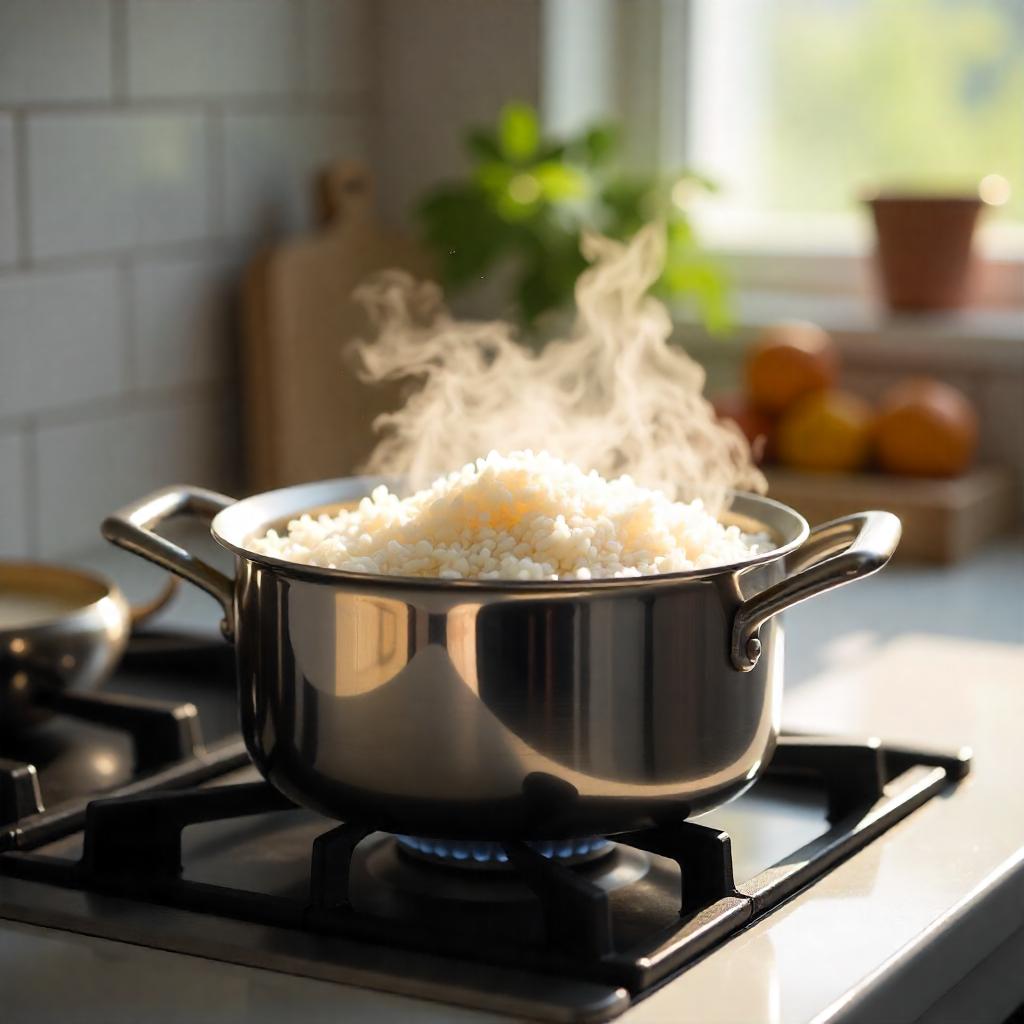
The art of rice cooking is based on key techniques. One technique is washing the rice under cold water until the water runs clear. This process removes all the excess starch, improving the texture during cooking.
A water-to-rice ratio of 1.5:1 is ideal for fluffiness, which increases the likelihood of the grains separating. When the water comes to a rolling boil, add the rinsed rice. Lower the heat to low and cover with a suitable lid to prevent evaporation and allow for even steaming.
Remember to let the rice cool and steam for 10 minutes after removing it from the heat, which helps achieve perfectly tender and fluffy rice.
Locating the Magic Water-to-Rice Ratio
The water-to-rice ratio for basmati rice must be perfectly balanced to achieve the desired quality. The ratio is generally 1:1.5, meaning that 1.5 cups (0.35 L) of water should be used for each cup of rice.
To further enhance the taste, soaking the rice for thirty minutes beforehand can help slightly adjust the water amount. Those who prefer a softer texture can add more water when reheating the rice, while those wanting a firmer bite can reduce the water.
However, moderation is essential, as overindulging can result in soggy rice. Finally, remember that different basmati rice brands have unique absorption characteristics, so feel free to make adjustments until you find the perfect balance!
Stovetop vs. Rice Cooker: Advantages and Disadvantages
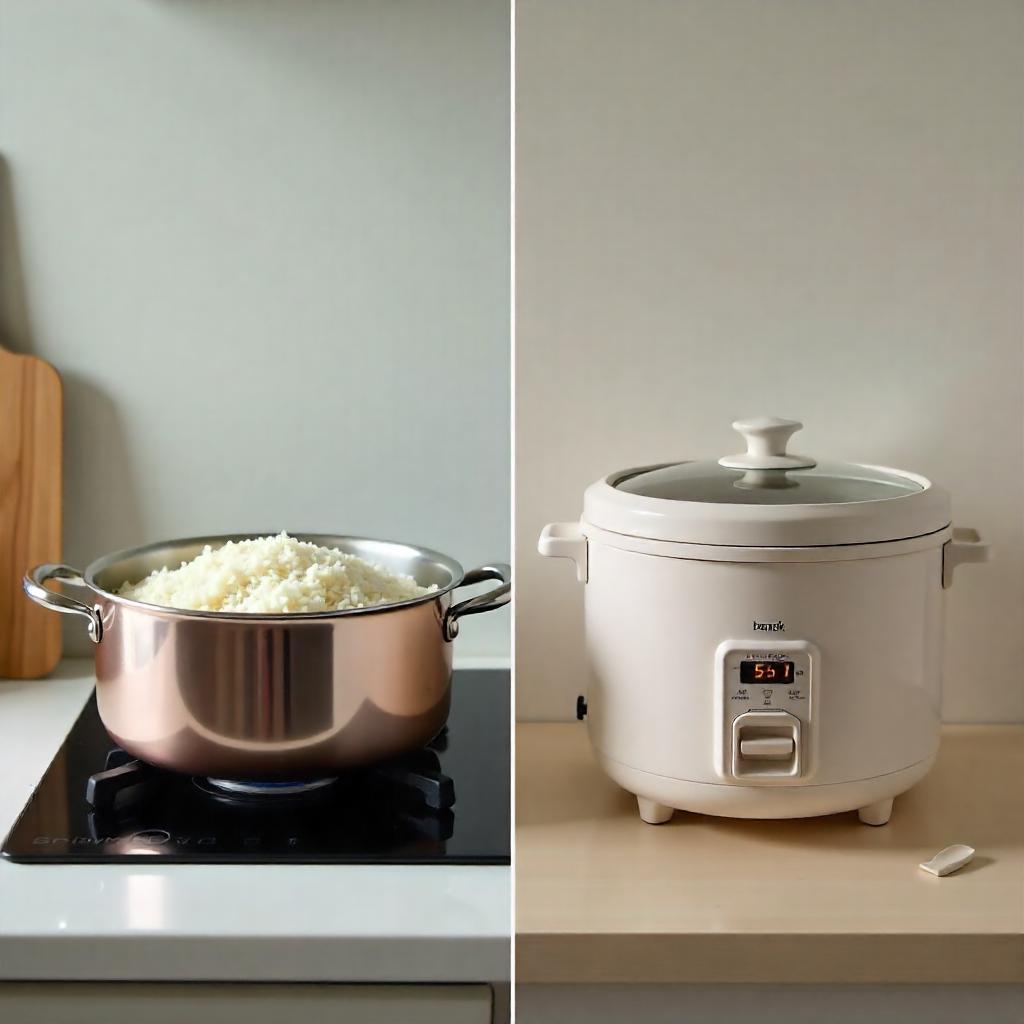
Regarding work flexibility, using a rice cooker is effortless, while utilizing a stovetop allows for a more hands-on approach, with texture and satisfaction potential heightened across all parameters. That said, the latter requires a more dedicated following of steps; looking away or losing focus can lead to uneven rice quality, resulting in far less fluffiness.
As for convenience, the rice cooker offers a hands-free option with dependable results. That said, it often costs more and takes up space on the counter. Some rice cookers also feature additional functions, such as vegetable steaming and porridge making, unlike stovetop cooking, which often requires multiple pots and pans. Ultimately, your decision depends on whether you enjoy cooking with your full attention or prefer automating it.
Taste Improvements for Basmati Rice

Soak basmati rice for 30 minutes before cooking to enhance its flavor and texture. While the rice is soaking, add cardamom, cloves, bay leaves, or other aromatics to the soaking water to make it even more fragrant.
If you’re looking for something more zesty, try adding lemon juice. Alternatively, consider adding coconut milk if you’re seeking something more decadent. Lastly, sprinkle herbs such as coriander or mint on your basmati rice to make it pop on the table. The herbs and rice elevate the dish from a simple side to a standout main course.
Using Broth or Dry Seasoning
Replacing water with vegetable or chicken broth when preparing basmati rice will significantly improve its flavor, as broth adds richness. You can further enhance the flavor by adding cumin, bay leaves, cardamom, or any spices of your choice to the cooking liquid.
First, add sautéed garlic or rice and broth to the pot to enhance the flavour. This step will significantly improve the dish’s taste. Lastly, adding fresh coriander or parsley will enhance the flavor, vibrance, and vibrant color.
Herbs That Spice Up Your Dish
Each herb adds a unique flavour to various cuisines, producing an exceptional dish. Fresh, sweet basil enhances the aromatic essence Mediterranean and Italian cuisines offer, making them even more delectable. Coriander also adds a distinctive flavor to salsas and Asian dishes, with tangy notes that make them more lively.
Rosemary offers a pine-like, woody fragrance that pairs well with herbs. It fortifies hearty meals and helps deepen the flavors of roasted meats and vegetables. Thyme adds a mild earthiness that makes stews and soups richer, enhancing the overall taste of the dish. Including these herbs in your dishes while cooking can upgrade the essence and improve the overall experience of a culinary journey.
Basmati Rice Cooking Errors
Cooking basmati rice requires attention to detail. One of the most significant mistakes cooks make is failing to soak the rice properly, which leads to excessive starch absorption and undesirable stickiness.
Not rinsing the rice before cooking can also contribute to this problem. The same applies to bathing utensils—giant containers result in waterlogged rice, bypassing the sticky flag-induced cell formation. Inevitably, the signature flurry of fluff that basmati rice loves so much will not occur.
If you struggle with cooling rice, you will likely forget to scrunch or fluff it towards the end. These errors will cause the rice to stay stuck together, with no grains flying apart, and thus lower your friends’ impression of the meal.
Overcooked Basmati Rice and How It Kills Rice Fluffiness
When cooked with an inappropriate water-to-rice ratio, basmati rice can transform into overcooked mush, a true culinary tragedy. It is equally important to manage water-basting ratios and check the cooking time.
The absorption method of cooking basmati rice is one of the best choices because it ensures even cooking, eliminating the chances of overdone rice. Make sure to remove the rice from the heat when it is tender. Refrain from indulging immediately—let the rice rest for a few minutes covered. The moisture enhances the fluffiness of the rice, separating grains for a dazzling display.
Skipping the Rest Period
You may be thrilled to serve steamed basmati rice right after cooking, but waiting a few more minutes works wonders. Not resting the rice allows the basmati grains to break apart, resulting in a messy plate.
These grains need time to firm up; otherwise, the dryness of instant serving can cause them to stick. Not waiting too long can also hinder the interplay of spices, resulting in a bland and lacking depth.
If you let simmered basmati rest for about ten minutes, it will smell lovely and have a fluffy consistency, making it a pleasure to eat. Take a bite before then, but the rice will appreciate the extra time.
Best Ways to Serve Basmati Rice
Basmati rice complements a wide range of foods, making it suitable for serving with various dishes. For example, a flavoursome aromatic curry pairs delectably with basmati rice. Another way to have it is by serving it with grilled vegetables. A sprinkle of herbs and a dash of lemon juice enhance the dish’s flavor.
Garnishing with Dals and Curries
Nutty-flavored basmati rice pairs well with creamy curries, further enhancing the smooth texture of the meal.
Enjoying rice with dals is a unique experience. The satisfying grains soak up sweet tastes, providing a mouthwatering contrast during every bite. The subtle scent of the rice complements the curry and dal spices, balancing the entire dish and enhancing the traditional meal.
Furthermore, the elegant way of placing basmati rice as a bed enhances the dish’s beauty. It allows adding more ingredients, turning a basic dish into an intricate culinary art.
Creative Uses for Leftover Rice
Leftover rice can be a culinary treasure, while leftover ingredients can also be used to create quick and delicious meals. For a savory option, transform it into fried rice by tossing colorful vegetables, eggs, and your favorite protein to create a satisfying meal in minutes.
Alternatively, indulge your sweet cravings by simmering the rice with milk, sugar, and spices for a soul-warming rice pudding. If you’re in the mood for something hearty, consider using the rice as a base for a nourishing soup and adding broth, veggies, and spices.
Blend the leftover rice with some flour and seasonings for a crispy snack. Pan-fry them to create crispy rice cakes. These ideas showcase how leftover rice can truly shine in your kitchen.
Conclusion
In summary, cooking basmati rice involves well-crafted steps, but it doesn’t entirely define the delight in selecting and preparing it creatively.
When we examine the process, from selecting the long-grain variety to understanding the soaking and rinsing process with water and rice, we find that proportion plays a crucial role in achieving the balanced ratio we strive for: fluffy, fragrant rice.
Always allow rice to rest after cooking; this step is crucial for a delightful culinary experience.
While settling into the rhythm of using basmati rice, feel free to serve it with rich curries or use it as a base for comforting dishes, such as rice pudding or fried rice.
Prepare yourself for the wonderful world of cooking. With these guidelines, you can impress your family and friends with perfect basmati rice every time. May your rice dreams remain as vibrant and fluffy as the rice itself!
Tried This Recipe? Tell Us What You Think!
There are no reviews yet. Be the first one to write one.
How to Cook Basmati Rice Perfectly

How to cook basmati rice perfectly every time with expert tips for fluffy, fragrant results. Master the art of cooking basmati rice!
Type: Side Dish
Cuisine: Indian, Pakistani
Keywords: How to Cook Basmati Rice, Cooking basmati rice, basmati rice, cook basmati rice, cook basmati
Recipe Yield: 4 servings
Calories: Approximately 169 kcal
Preparation Time: PT10M
Cooking Time: PT15M
Total Time: PT25M
Recipe Video Name: How to cook perfect Basmati rice every time
Recipe Video Description: How to cook perfect Basmati rice every time | Restaurant quality & fluffy Basmati rice| Honest Cooks
Recipe Video Thumbnail: https://i.ytimg.com/vi/HqaAqpS3UWU/maxresdefault.jpg
Recipe Ingredients:
- 1 cup basmati rice (preferably aged, from India or Pakistan)
- 1.5 cups water
- ½ teaspoon salt
- Optional: 1 tablespoon ghee or vegetable oil
- Optional: Whole spices (e.g., cardamom pods, bay leaf, cloves)
Recipe Instructions: Rinse the Rice: Place the basmati rice in a bowl. Rinse under cold water 2–3 times until the water runs mostly clear. This removes excess starch and prevents clumping. Soak the Rice: Soak the rinsed rice in cold water for 20–30 minutes. This step allows the grains to expand fully and cook evenly. Drain: After soaking, drain the rice using a fine sieve and set it aside. Boil the Water: In a medium saucepan, bring 1.5 to 1.75 cups of water to a gentle boil. Add the salt and ghee/oil if using. Add the Rice: Stir in the soaked and drained rice. Let it return to a light boil. Simmer and Cover: Reduce the heat to low, cover the pot with a tight-fitting lid, and let it simmer for 12–15 minutes. Do not lift the lid or stir during this time. Rest: Once all the water is absorbed, turn off the heat and let the rice rest (still covered) for 5–10 minutes. This allows the steam to finish cooking the grains gently. Fluff and Serve: Use a fork to fluff the rice gently. Serve warm with your favorite curry, grilled meats, or vegetables.
4

